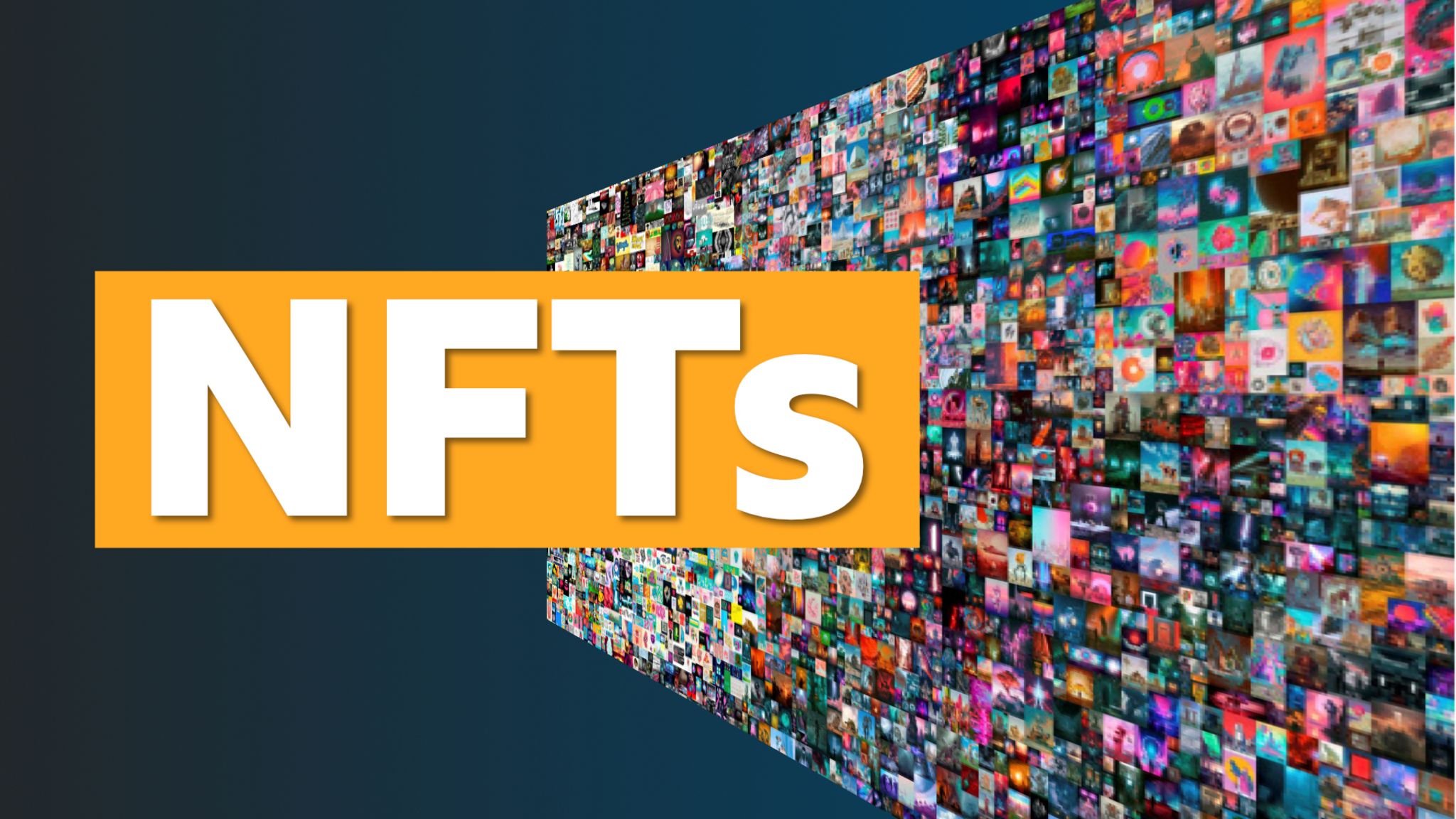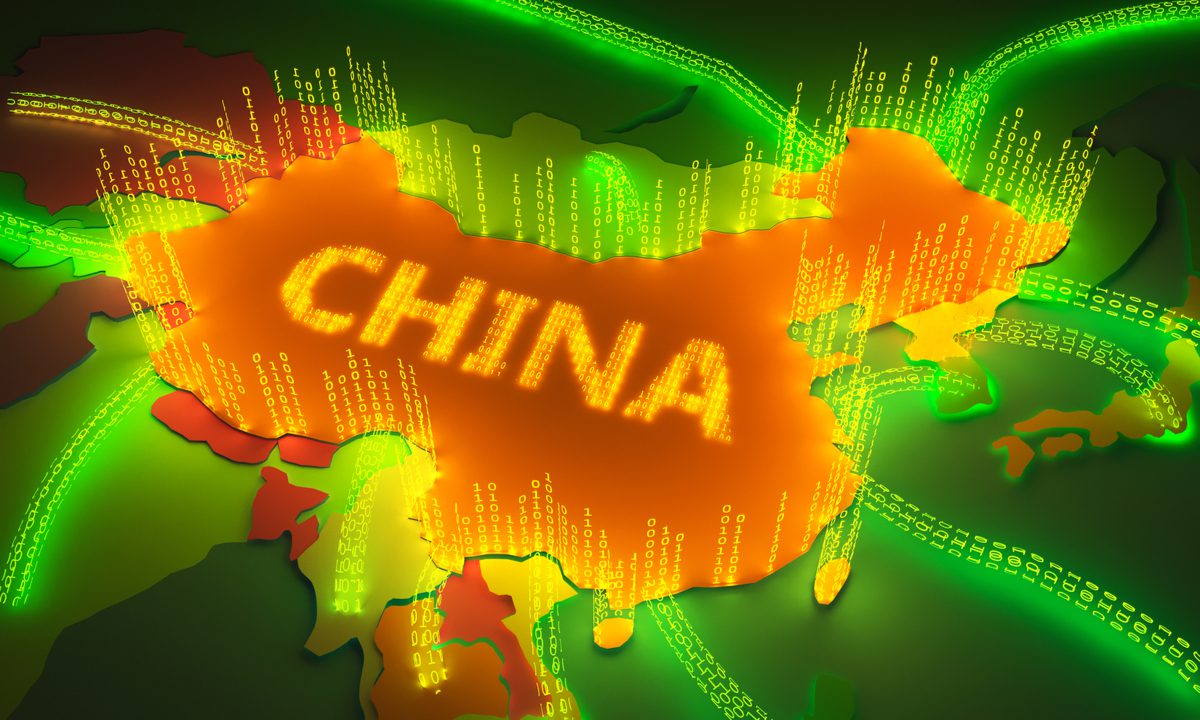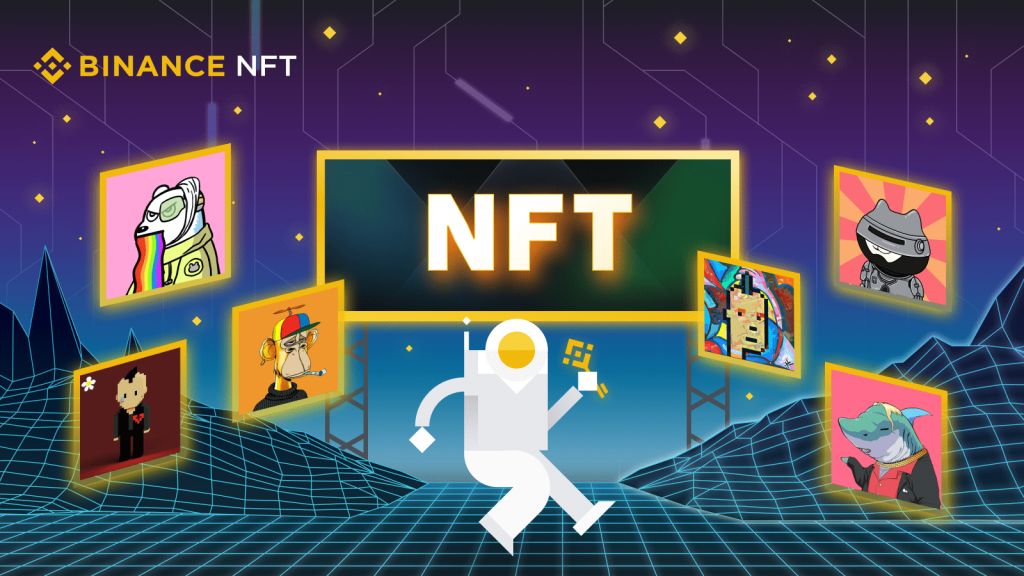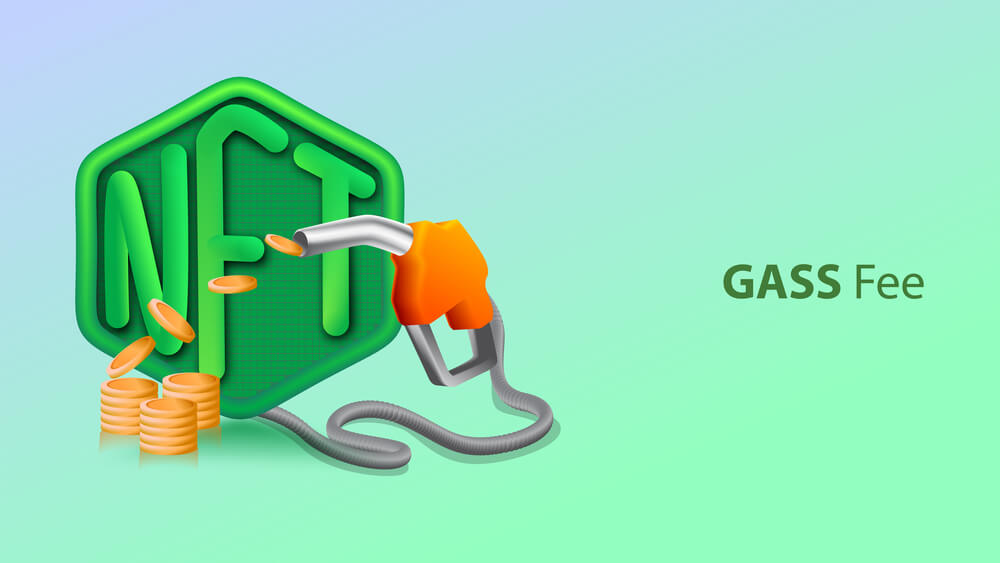The latest data analysis confirmed that Shanghai, China’s central coast city and global financial hub, experienced robust non-fungible tokens (NFT) adoption during the Covid-19 pandemic. In response to escalated pandemic-related lockdown at the time, Shanghai residents listed hundreds of artworks on the NFT marketplace OpenSea.

During the recent outbreak of the Covid-19 pandemic, Shanghai experienced more than a month-long mandated quarantine, which attracted 25 million residents to adopt blockchain to preserve their experience. Analysts and experts believe that the government is ready to embrace NFT technology as a use case for blockchain provided that the users do not engage in any criminal activities.
COVID-19 outbreak retest was pronounced in Shanghai in March 2022, making the city the worst infection zone since the beginning of the pandemic. As the outbreak spread to hundreds of people in the city, the extremely restrictive cessation of movement prevented residents from accessing essentials such as food and medical treatment.
The occurrence left many citizens frustrated, with many showcasing their suffering online for solidarity and venting. Unfortunately, the Chinese government reportedly censored all videos showcasing agony scenes from Shanghai.
As information stored on the blockchain is encrypted and immutable, many residents from Shanghai sought refuge in non-fungible tokens (NFT) minting to relieve their agony experiences and preserve their investments and sanity.
NFT Adoption In China Continues
In the past few weeks, NFTs have seen increased adoption in China following the leaking of a hilarious video recorded during the recent Covid-19 lockdown in Shanghai. On April 22, a video titled “Voice of April” was anonymously uploaded on YouTube.
The video featured the voice of the experiences of Shanghai residents during the lockdown. Interestingly, shortly after the video went viral on YouTube, it was minted into an NFT and listed on OpenSea.
As of May 5, 2022, more than 2,300 NFTs from the related video artworks are on the OpenSea marketplace. Data acquired from OpenSea confirmed that hundreds of NFTs from Shanghai have since appeared since lockdown, including arts depicting isolation camps and critical life during the lockdown.
Can't sleep. Get up create a new multi polygon NFT for Shanghai. GN, again. I can sleep well. #NFTs #NFTCommuntiy https://t.co/E3Gp9AMBt2
— valenqian.eth (@valenqian1983) April 26, 2022
These NFT artworks continue gaining traction on social media, with one Shanghai-based content creator using Twitter to showcase his NFTs creation from screenshots of the shanghai Covid-19 roadmap from late April. These instances introduced another utility of NFT to preserve digital artifacts against censorship.
Crypto Uncertainty In China
In 2021, the Chinese government accelerated its hardened stance against digital assets, clamping down on crypto trading and Bitcoin mining. Despite the accelerated efforts, the county still sees the underlying technology as a worthwhile investment.
Earlier this year, the monetary authority of China launched the central bank digital currency (CBDC), the e-yuan, which is currently in real-world trials throughout the country. In three cities, residents can use e-yuan to purchase products and services and pay their taxes.
In the meantime, emerging reports confirm that the Chinese government intends to integrate its blockchain with Web technologies for centralized development. For now, NFT artworks are still legal within the country and their future seems to be bright as more people adopt their use cases.





